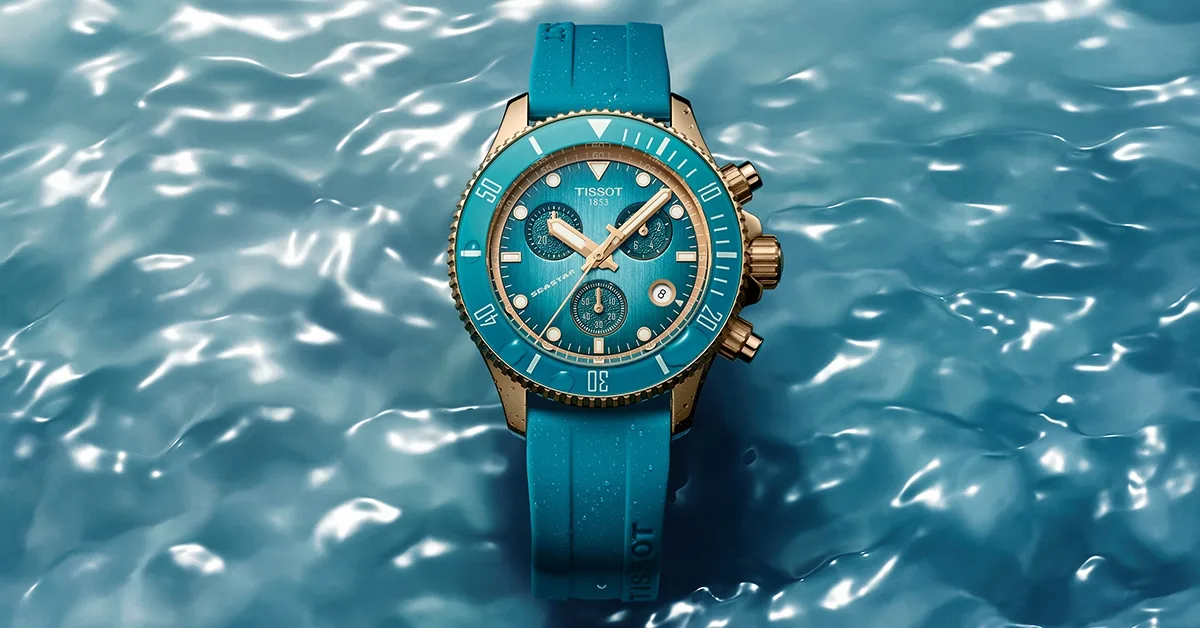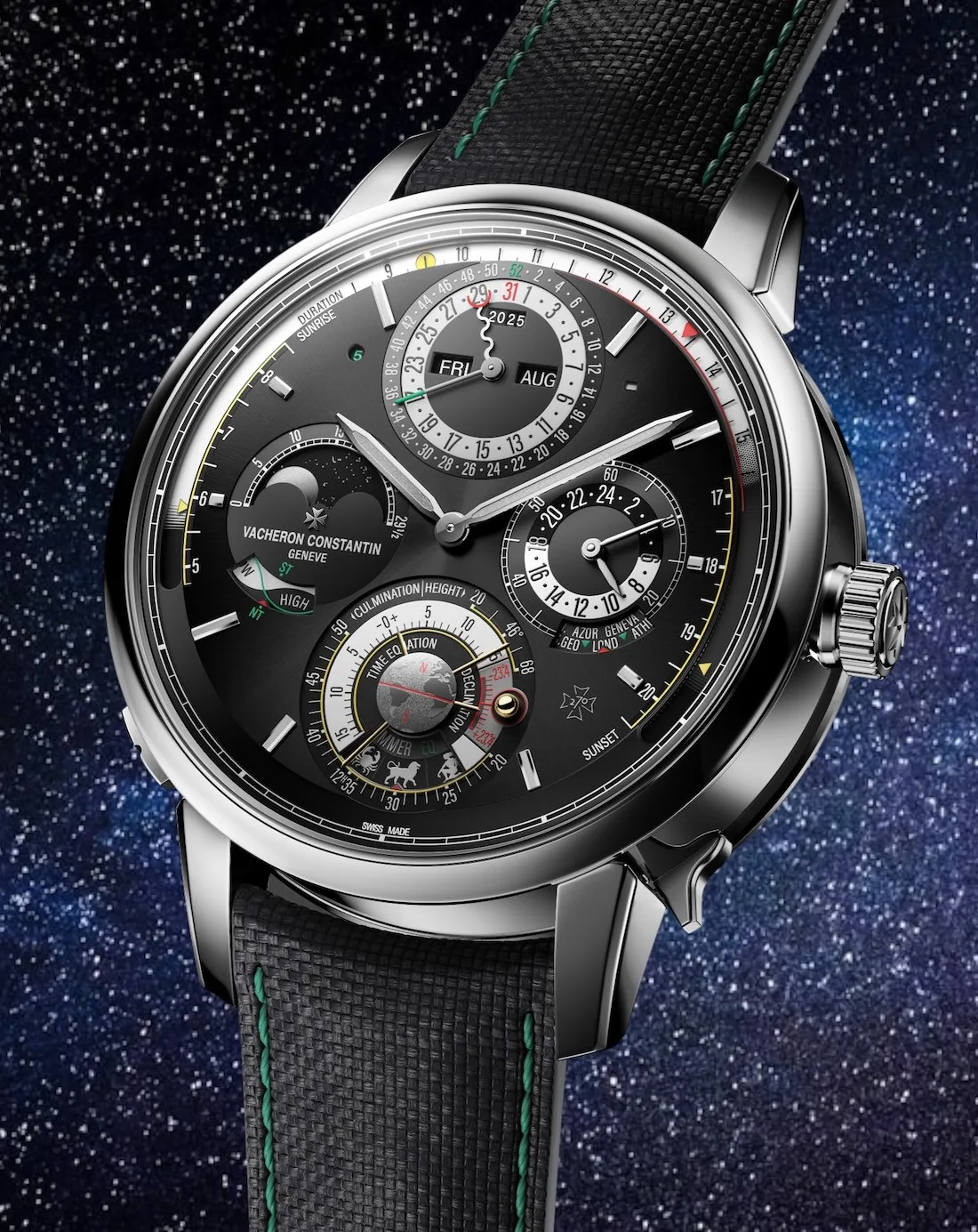Vespa is to scooters what Xerox is to photocopying. The two concepts have become so inextricably intertwined that in many countries, they refer to all scooters as “Vespas” regardless of their actual brands. Vespa has been immortalised in films such as La Dolce Vita, Roman Holiday, Cinema Paradiso or Quadrophenia; and loved by celebrities, from George Clooney to Emma Watson, Brad Pitt, Naomi Watts, Jude Law and hundreds more.
With 75 years of history (Piaggio registered its patent on 23 April 1946) and more than 18 million of them on the road in five continents, Vespa has become a common thread between generations, steering habits, music and youth, witnessing electrifying first kisses, painful break-ups, sunsets by the sea and the dreams of the millions of youngsters she has carried on her back over the decades.
Vespa has become an icon of culture and design, an industrial and commercial phenomenon that has endured for three quarters of a century. It is the most recognisable symbol of modern Italian creativity around the world and a unique example of immortality in the history of industrial design. As it celebrates this wonderful milestone, Vespa is experiencing one of the happiest moments of her long life. Since 2004, when 58,000 vehicles were produced, the growth of the Vespa brand has been constant and spectacular.
Enrico Piaggio himself named the scooter. Standing in front of the MP6 prototype…

More than 100,000 units were produced in 2006, arriving at 180,000 in 2017 and passing the benchmark of 200,000 units in both 2018 and 2019. In the last decade alone, more than 1,800,000 new Vespa vehicles have been produced and taken out on roads all over the world.
Today, Vespa is a more global brand than ever before, a real citizen of the world, made at three production sites: Pontedera, the plant where Vespas have been built uninterruptedly since 1946 with production destined for Europe and Western markets, the Americas included; Vinh Phuc, in Vietnam, which serves the local market and the Far East; and India, at the ultra modern Baramati factory, opened in April 2012 to manufacture Vespas for the Indian market.
To understand her story, we have to go back to WWII, when Piaggio was one of the largest Italian aeroplane manufacturers and whose plants were destroyed during the conflict. Enrico and Armando Piaggio began the process of re-starting industrial production immediately after the war. The Vespa ( “wasp” in Italian) was the result of Enrico’s determination to create a low cost product for the masses. As the end of the war drew near, Enrico studied every solution possible to relaunch production in his plants, beginning with the one in Biella, where a “motor scooter” was created on the model of the small motorcycles for parachutists.

The prototype, known as MP5, was nicknamed “Paperino” (Italian for Donald Duck) due to its strange shape, but Enrico Piaggio did not like it, asking Corradino D’Ascanio – who had just fallen out with owner of Lambretta, Innocenti – to redesign it. The aeronautical designer was not a fan of motorcycles, which he considered to be uncomfortable and bulky vehicles with tyres that were too difficult to change in the event of a puncture and dirty, especially due to the drive chain. The engineer found the solution to every problem by drawing on his aeronautical experience.
To eliminate the chain he imagined a vehicle with a stress-bearing body and direct mesh; to make it easier to ride, he put the gear lever on the handlebar; to make tyre chang- ing easier he designed not a fork, but a supporting arm similar to an aircraft carriage. Last but not least, he designed a body that would protect the driver, to keep him from getting dirty or dishevelled. Decades before the spread of ergonomic studies, the riding position of the Vespa was designed to let the rider sit comfortably and safely, not balanced dangerously as on a high-wheel motorcycle.
With the help of Mario D’Este, his trusted designer, it would only take D’Ascanio a few days to fine-tune his idea and prepare the first Vespa project, manufactured in Pontedera in April of 1946. Enrico Piaggio himself named the scooter. Standing in front of the MP6 prototype, with its wide central part where the rider sits and the narrow waist, he exclaimed: “It looks like a wasp!” And so the Vespa was born. On 23rd April 1946, Piaggio & C. S.p.A. filed a patent with the Central Patents Office for inventions, models and brand names at the Ministry of Industry and Commerce in Florence, for “a motorcycle with a rational complex of organs and elements, its body combined with the mudguards and bonnet covering all the mechanical parts”.
Piaggio did not hesitate to launch factory production of two thousand units of the first Vespa 98cc. Two versions of the Vespa 98cc went on sale with two prices: 55,000 lira for the “normal” version and 61,000 lira for the “luxury” version with a few optionals including a speedometer, lateral stand and stylish white-trim tyres. The public début of the new vehicle was held at the prestigious Rome Golf Club with the American General Stone of the allied government attending.

It looks like a wasp!
– Enrico Piaggio.
The event was filmed by the American newsreel Movieton, Italians saw the Vespa for the first time in the pages of Motor (March 24th , 1946) and on the black and white cover of La Moto on April 15, 1946. They saw the actual vehicle at that year’s Milan show, where even Cardinal Schuster stopped to take a look, intrigued by the futuristic vehicle.
The public took to the Vespa like a kid to candy. In 1946, Piaggio put 2,484 scooters on the market. These became 10,535 the following year, and by 1948, when the larger Vespa 125 appeared, production had reached 19,822. By the time the first German licensee also started production in 1950, output topped 60,000 vehicles and just three years later, 171,200 vehicles left the plants. Licensees in Great Britain, Spain, France, Belgium and many other countries quickly followed, distribution reached the four corners of the world, from the US to China, Australia to Iran. Even ths Soviets made one: the Viatka 150cc, which was almost a perfect clone of the Vespa.
Enrico Piaggio continued tenaciously to encourage the spread of the Vespa abroad, creating an extensive service network all over Europe and the rest of the world. He maintained constant attention and growing interest around his product, with a number of initiatives that included the foundation and spread of the Vespa Clubs. By 1953, these clubs counted over 50,000 members, all opposed to the “newborn” Lambretta Innocenti.
No less than 20,000 Vespa enthusiasts turned up at the Italian “Vespa Day” in 1951. Riding a Vespa was synonymous with freedom, with agile exploitation of space and with easier social relationships. The new scooter had become the symbol of a lifestyle that left its mark on its age: in the cinema, in literature and in advertising, the Vespa appeared endlessly among the most significant symbols of a changing society.
The new scooter had become the symbol of a lifestyle that left its mark on its age…

Vespa fever led the way for the most imaginative versions, like the Vespa-Sidecar; the ‘67 Vespa- Alpha that – created for agent Dick Smart, the star of a 007-style spy film – could not only race on the road, but also fly, sail and go underwater; or the Vespa models built for the French army specially to carry arms and bazookas, and others that could be parachuted together with the troops. Even the Italian army asked Piaggio for a parachutable scooter in 1963.
That same year, Vespa had a little sister, the Vespa 50, following the introduction of a law in Italy making a number plate obligatory on two-wheelers over 50cc. The “Vespino” (little Vespa) was a successful addition to the Piaggio range still in pro- duction today. I don’t know here in Britain but in my country, Spain, teenage summers are synonymous with Vespino as it can be driven from the age of 14, exempt from registration plate regulations and legally permitted to carry two passengers.
One could lose count of the different mod- els and versions that Vespa has successfully brought to market. From the 1977 Vespa PX which sold more than three million units and the ET4 and ET2 range developed for the brand’s 50th anniversary in 1996 to nowadays models, characterised by an extremely advanced bearing body concept, built entirely out of steel and equipped with cutting-edge technology, I think it is fair to say that Vespa marked the evolution of individual mobility.

Vespa is not only an icon of leisure mobility. It also has a racing career in her extensive CV. In Europe back in the Fifties, it took part, often successfully, in regular motorcycle races (speed and off-road), as well as unusual sporting ventures. In 1951 Piaggio built a Vespa 125cc prototype for speed racing, and it set the world speed record for a flying kilometre at an average of 171.102 km/h.
That same year, Vespa won nine gold med- als at the “International 6 Days” in Varese and took part in the first of many rallies: an expedition to Congo. Few know that in 1980, two Vespa PX 200s ridden by M. Simonot and B. Tcherniawsky reached the finishing line of the second Paris-Dakar rally. The squad, which was French and organised by Jean-François Piot, was assisted by four-time winner of the Le Mans 24-hours, Henri Pescarolo. Giancarlo Tironi, an Italian university student, reached the Arctic Circle on a Vespa. The Argentine Carlos Velez crossed the Andes from Buenos Aires to Santiago del Chile.
Year after year, Vespa gained popularity among adventurers: Roberto Patrignani rode one from Milan to Tokyo; Soren Nielsen in Greenland; Santiago Guillen and Antonio Veciana from Madrid to Athens (their Vespa was decorated personally by Salvador Dalí and it is on exhibit to this day in the Piaggio Museum); the Australian Geoff Dean took one on a round-the-world tour… and hundreds more unforgettable adventures, including an epic trip from Alaska to Tierra del Fuego in 1994-1995 by writer and journalist, Giorgi Bettinelli. Life is indeed a journey and we should all enjoy the ride. Part of it should happen on a Vespa.
Opening picture: poster courtesy of at the movies posters www.atthemovies.co.uk

















Show Comments +